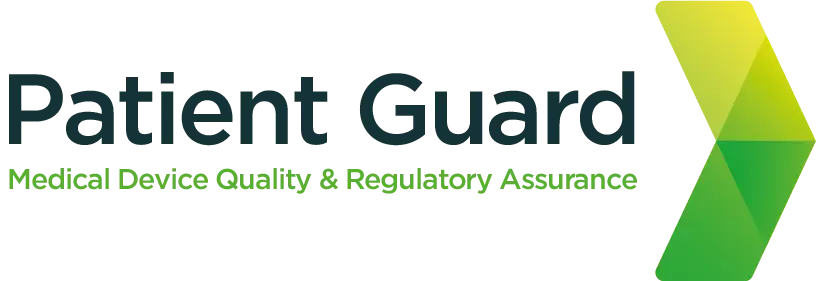Introduction
Standards relating to medical devices are continually being updated and reviewed to ensure that they follow the most up to date thinking on safety and performance relating to the standards specific subject matter. Following medical device standards is a way of demonstrating that medical devices placed on the world market are safe effective and state of the art. All medical device regulations worldwide require manufacturers of medical devices to apply safety standards relevant to their medical devices.
Organisations that issue standards:
The International Standards Organisation (ISO) is responsible for issuing international standards relevant to all manner of things including medical devices. These standards are typically recognised worldwide.
There are also regional standards organisations such as European Standards (CEN / CENELEC), British Standards (BS), American Standards (ANSI/AAMI). Standards issued by International Electrotechnical Standards (IEC) and others.
We will focus on the medical device related standards that have been updated and issued in 2023 by ISO.

Medical Device Standards issued in 2023:
- ISO/TR 11147:2023 – Health Informatics – Personalised digital health – Digital therapeutics health software systems
- ISO 3990:2023 – Dentistry – Evaluation of antibacterial activity of dental restorative materials, luting materials, fissure sealants and orthodontic bonding or luting materials
- ISO 10993-17:2023 – Biological evaluation of medical devices – Part 17: Toxicological risk assessment of medical device constituents
- ISO/TS 11796:2023 – Biological evaluation of medical devices – Requirements for interlaboratory studies to demonstrate the applicability of validated in vitro methods to assess the skin sensitisation of medical devices
- ISO 11607-2:2019/Amd 1:2023 – Packaging for terminally sterilised medical devices – Part 2: Validation requirements for forming, sealing and assembly processes. Amendment 1 – Application of risk management
- ISO/TR 10993-55:2023 – Biological evaluation of medical devices – Part 55: Interlaboratory study on cytotoxicity
- ISO 10651-4:2023 – Lung ventilators – Part 4: Particular requirements for user-powered resuscitators
- ISO 11607-1:2019/Amd 1:2023 – Packaging for terminally sterilised medical devices – Part 1: Requirements for materials, sterile barrier systems and packaging systems. Amendment 1 – Application of risk management
- ISO 16840-14:2023 – Wheelchair seating -Particula Part 14: Concepts relating to managing external forces to maintain tissue integrity
- ISO 8600-4:2023 – Endoscopes – Medical endoscopes and endotherapy devices. Part 4: Determination of maximum width of insertion portion
- ISO 15002:2023 – Flow control devices for connection to a medical gas supply system
- ISO/IEC 3532-1:2023 – Information technology – Medical image-based modelling for 3D printing. Part 1: General requirements
- ISO 10524-1:2018/Amd 1:2023 – Pressure regulators and regulators with flow metering devices
- ISO 21649:2023 – Needle-free injection systems for medical use – Requirements and test methods
- ISO 80601-2-12:2023 – Medical electrical equipment – Part 2-12: Particular requirements for basic safety and essential performance of critical care ventilators
- ISO 41064:2023 – Health informatics – Standard communication protocol – Computer-assisted electrocardiography
- ISO 10993-17:2023/AWI Amd 1: Biological evaluation of medical devices. Part 17: Toxicological risk assessment of medical device constituents – Amendment 1 (Under Development)
Your responsibilities:
As a medical device manufacturer, it is important that you monitor and keep track of any updated medical device standards that might be applicable to the medical devices you place on the marked. This is to demonstrate that you are meeting the regulatory requirements related to safety, efficacy and state of the art practices.
How can Patient Guard help?
Sign up to our newsletter below to get a monthly update on any standards that have been updated and any news relating to changes in regulation or guidance from regulatory authorities. Or contact us to see how we can help you with medical device compliance.



